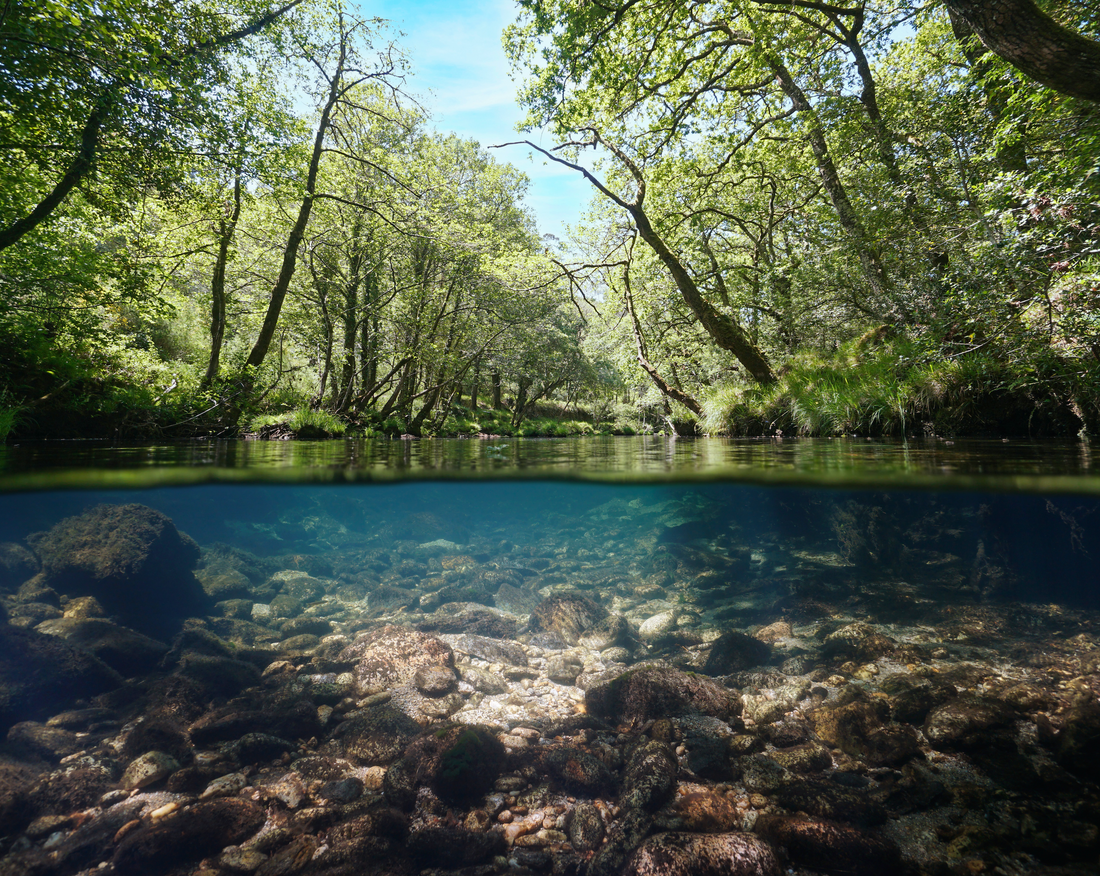
What Makes a River Truly Clean? (It’s More Than Just Clear Water)
Share
When most people picture a “clean river,” the first image that comes to mind is water that’s crystal clear—shimmering, blue, and free of trash. And while that’s a good start, the health of a river runs much deeper than what meets the eye. A truly clean river is alive, resilient, and balanced. It’s an ecosystem, not just a body of water.
1. Healthy Water Chemistry
Clear water isn’t always safe water. Some rivers can look pristine yet still be full of pollutants like fertilizers, heavy metals, or bacteria. A clean river has healthy levels of oxygen, balanced pH, and minimal pollutants, making it safe for both wildlife and people.
2. Thriving Biodiversity
The best sign of a clean river is life. Fish, insects, birds, amphibians, and plants all rely on rivers, and their presence (or absence) tells the story of the water’s health. When you see dragonflies darting over the surface, trout weaving through riffles, or herons stalking the shallows, you know the river is providing the right habitat.
3. Strong Riparian Zones
The green corridor along a river’s edge—the riparian zone—is just as important as the water itself. Trees and shrubs shade the river, keeping water temperatures cool. Their roots prevent erosion and filter pollutants before they reach the water. Native plants also provide food and shelter for wildlife. Without a healthy riparian buffer, rivers quickly degrade.
4. Natural Flow and Connection
A clean river isn’t one that’s been over-controlled or cut off from its floodplain. Natural flows allow rivers to flush out sediments, recharge wetlands, and support spawning fish. Dams and diversions may serve human needs, but they often disrupt the very processes that keep rivers healthy.
5. Community Stewardship
Finally, a clean river is one that’s valued and cared for by the people who live near it. Whether it’s volunteers removing trash, farmers adopting better land practices, or cities upgrading wastewater treatment, clean rivers don’t happen by accident—they’re the result of ongoing commitment.
At Clean Rivers Fund, we believe a river should be more than “not dirty.” It should be vibrant, full of life, and safe for everyone who depends on it—human and wild alike. A clean river is one that flows strong, supports ecosystems, and inspires us to protect it for generations to come.
